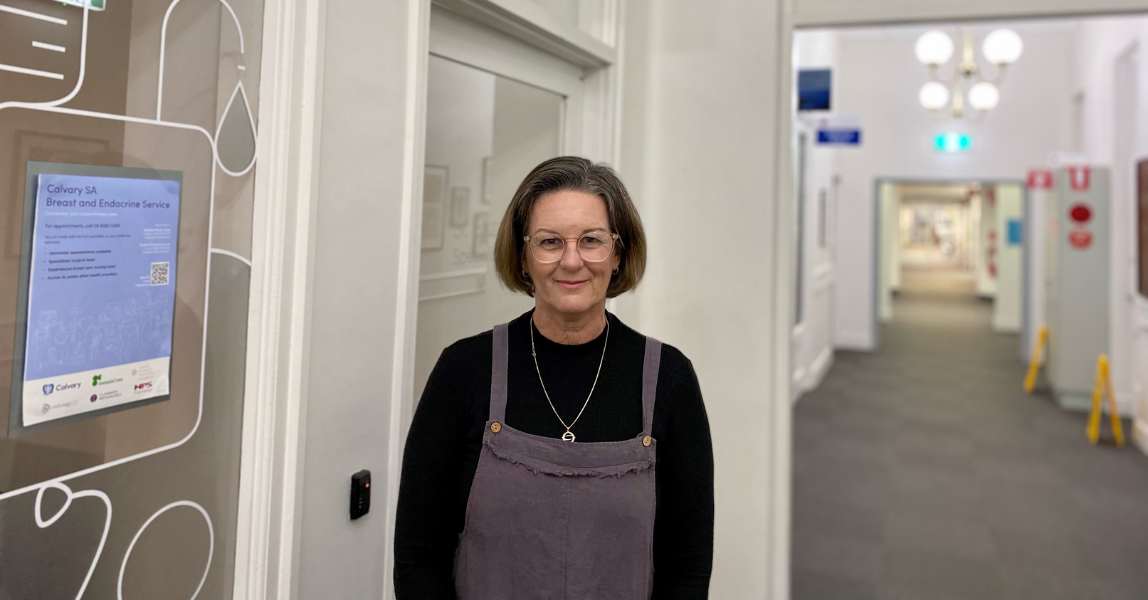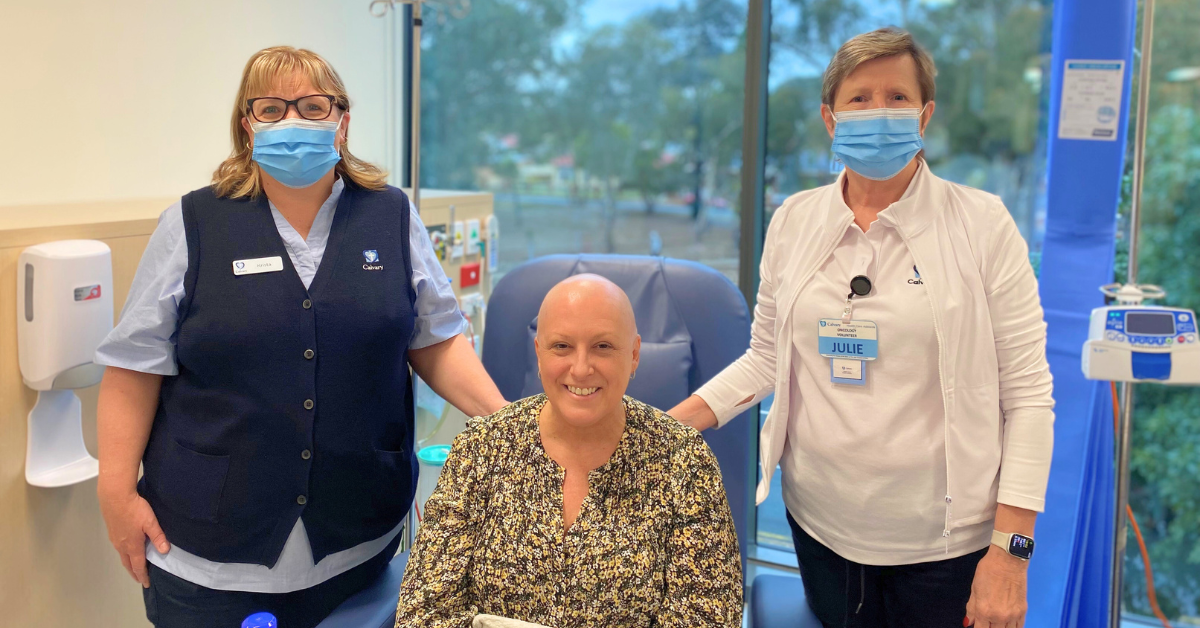Tattoo-less radiation improving quality of life after treatment

Known as Optical Surface Monitoring (OSM), the technology removes the need for permanent tattoos or ‘reference markers’ on the skin. Instead, it uses a three-dimensional light and camera system to map the skin’s surface and identify any movements to ensure the radiation is delivered safely and accurately.
The Benefits
Radiation Therapist, Leia Buxton, said the benefits go further than skin deep.
“Previously, all breast cancer patients receiving radiation therapy would come in for a planning session where we would tattoo them with small dots, so we knew exactly where to target,” she said.
“When patients look in the mirror after their treatment has finished, these tattoos are a daily reminder of a challenging time in their life, so its great that we’re able to change this experience for others moving forward.”
As the major cancer centre for the region, Ms Buxton further explained that the technology is a safeguard for Mater patients.
“Rather than having two small dots as our reference points, the technology gives us thousands of reference points and visible feedback of what a patient’s contour’s are meant to look like,” she said.
“If the patient were to cough, sneeze, hiccup, or fidget, the technology will automatically interrupt the treatment and turn the machine off, making it safer.”
As one of the first hospitals in NSW to offer this technology, there are plans to roll this out further at the Mater.
“We currently have this technology available on four out of five of our radiation therapy machines, with the final machine due to be upgraded in the coming months,” she said.
“Once it is well embedded in the treatment of our best cancer patients, we will also look to utilise this technology for radiation therapy of other cancer sites too.”
Radiation Oncology patient, Nicole Manuel, is among the first Mater patients undergoing breast cancer treatment without tattoos.
“After a regular mammogram at Breastscreen, my world was turned upside down. I was told that my results showed an irregularity,” Nicole said.
Following a breast biopsy, Nicole was informed that she had a complex cancer requiring treatment, including chemotherapy and 25 sessions of radiation therapy.
“When the radiation therapists explained to me that I didn’t require a tattoo, I felt grateful that I wouldn’t have a permanent reminder of this disease.”


